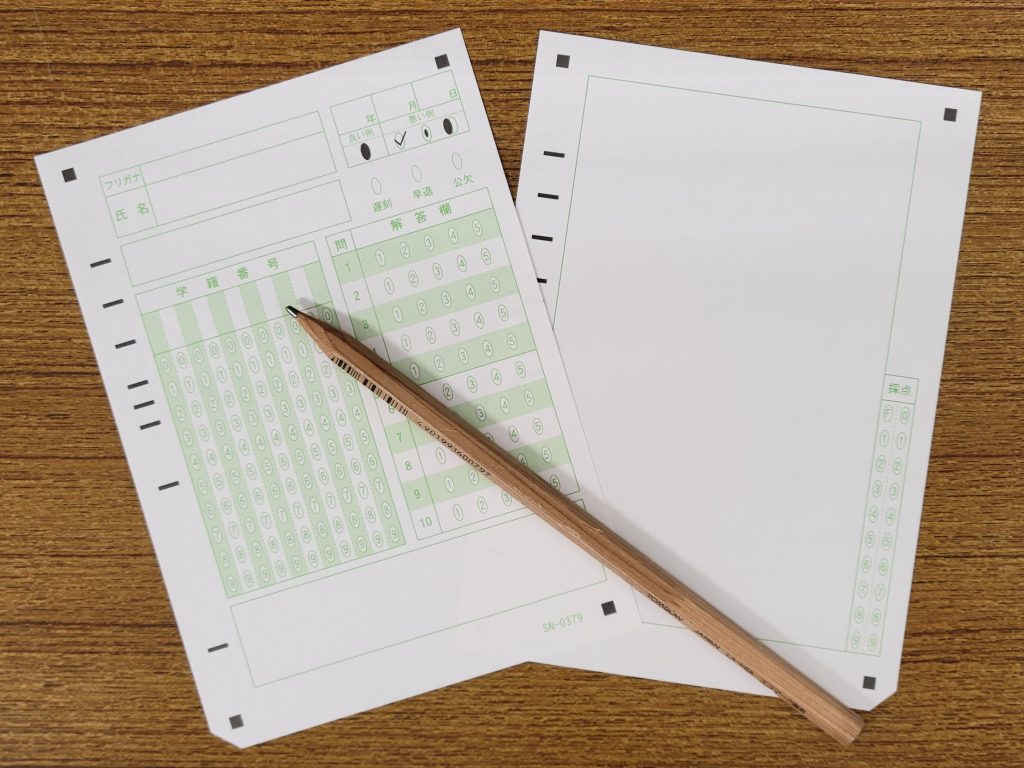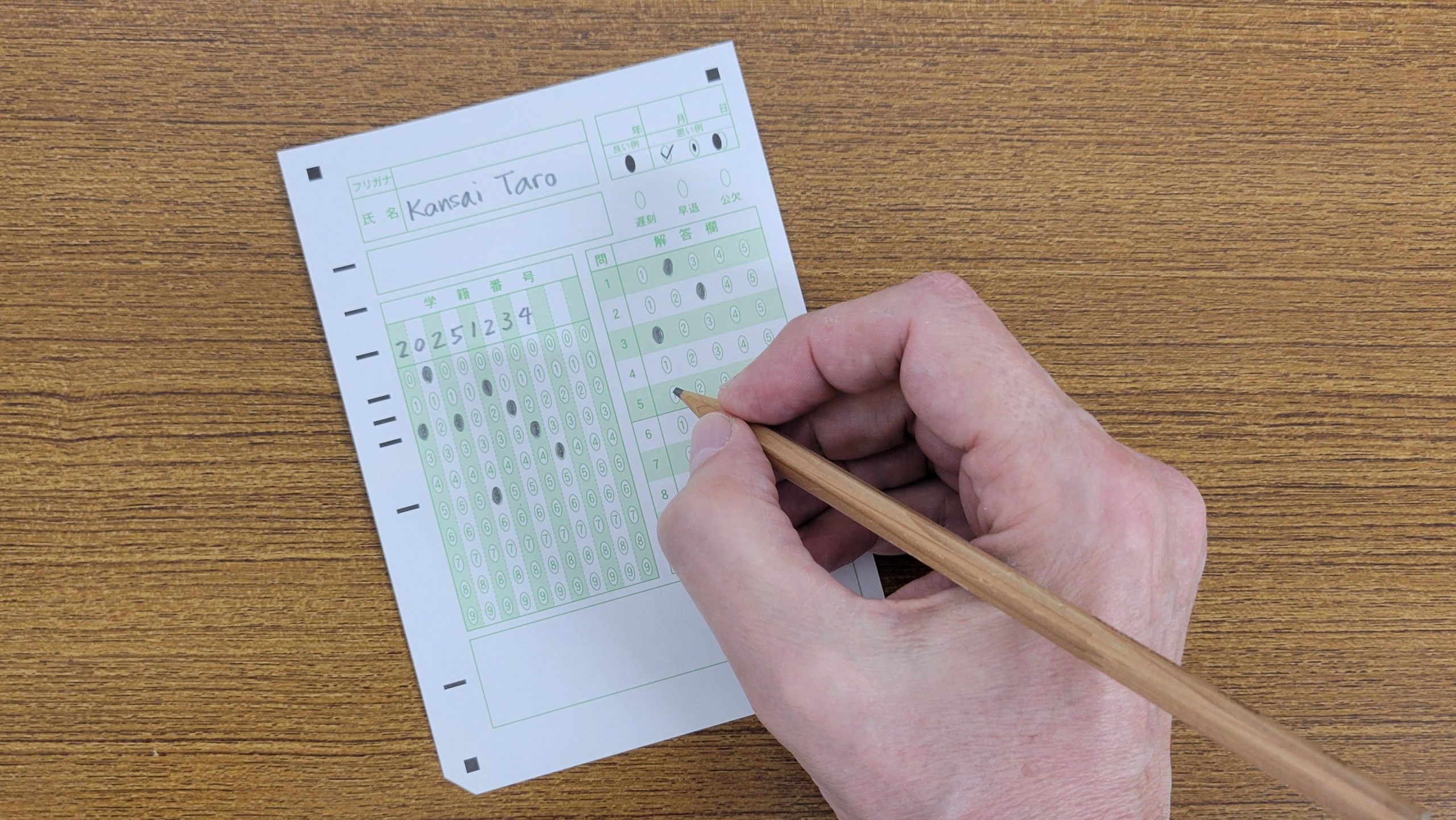Finding the right balance between content coverage and active student engagement is a constant challenge in English for medical purposes (EMP) education. At Kansai Medical University, I teach Medical English A1(1) to first-year medical students, a full-year course introducing the language of anatomy and physiology. Because the course covers a large volume of material, students need to review regularly, not just before the final exam. To help them do so, I have developed a method that combines a short quiz with a reflection activity at the end of each class. The entire process takes no more than eight minutes but offers substantial learning benefits.
Purpose and Rationale
The main objectives of this activity are twofold:
- To prompt students to review and consolidate what they have learned.
- To encourage reflective learning, helping students become more aware of their understanding and areas needing improvement.
Reflection is widely recognized as a key component of lifelong learning in medical education. It also gives teachers valuable feedback on students’ comprehension and engagement. However, class time is limited, so any activity needs to be both effective and efficient.
Materials and Setup
The activity uses an A6-size mark-sheet form produced by SCANET Inc. The front side accommodates answers for up to ten multiple-choice questions, while the back provides a free-writing area, along with a small marking table for the teacher. The compact format makes distribution and collection very fast, even in large classes.

Each of my three class groups has about 43 students. Seating is arranged in six rows of seven students, with an empty seat between each pair. The first student in each row receives six pre-counted sheets and passes them back, so distributing all sheets takes less than 30 seconds.
Step 1: Reflection
With around 8 minutes left in the class, students receive the mark sheet and first fill in their name and student number. They then use the back side to write a short reflection, in either Japanese or English, on what they learned in that day’s lesson. I encourage them to include something that particularly interested or surprised them, as well as what they still find difficult and how they plan to improve. Most students finish within 3 to 4 minutes.
Step 2: Quiz
When all students have completed their reflections, we begin the 10-item quiz. No paper questions are distributed. Instead, I project the quiz on the classroom screen using PowerPoint. Each slide contains one or several multiple-choice questions along with a set of answer choices. The slides are timed to advance automatically, usually 10 to 15 seconds per question, and a progress bar at the bottom created with a simple timed animation effect indicates the remaining time for each slide. Students read the questions and mark their answers directly on the front of their sheets.

The entire quiz usually takes around 2 minutes. When the final END slide appears, students pass their sheets forward, and all sheets are collected in under 30 seconds.
Step 3: Scoring and Feedback
After class, the answer sheets are batch-scanned using a standard office scanner or ScanSnap device. They are automatically graded using SCANET’s free software MarkKun3.
I typically upload the quiz results to the university learning management system (LMS) within an hour, allowing students to check their performance almost immediately. The reflections, meanwhile, provide qualitative insights into students’ learning experiences and frequently highlight areas where further explanation may be needed. The quizzes account for 25% of the final grade, while the reflections account for 5%, as specified in the course syllabus.
Why Analog?
Some may wonder why this activity is conducted using paper mark sheets rather than through the university’s LMS, which would allow for instant digital scoring and feedback. After much consideration, I concluded that the paper mark sheet method strikes a better balance between digital efficiency and academic integrity.
Online quizzes can make it easier for students to look up answers, collaborate inappropriately, or even participate remotely without being physically present. Reflections submitted online are also more vulnerable to being generated or assisted by AI tools. In contrast, the paper-based approach ensures authentic, in-the-moment engagement and genuine reflection. At the same time, the subsequent scanning and automated scoring combine the best of both worlds: the immediacy of in-class analog work and the convenience of digital processing afterward.
Benefits
This combined quiz-and-reflection format offers several distinct advantages:
- Efficiency: The full activity takes less than 8 minutes, minimizing class time taken away from teaching.
- Active review: Students reinforce key terms and concepts through immediate recall.
- Reflective practice: Writing brief reflections fosters metacognitive awareness and self-directed learning.
- Teacher insight: The reflections reveal student misconceptions and areas needing clarification.
- Academic integrity: The semi-analog format minimizes opportunities for cheating or AI-assisted work.
- Evidence of engagement: The completed sheets serve as proof of both attendance and active participation.
Conclusion
Integrating a brief quiz and reflection at the end of each EMP class allows for efficient review, meaningful reflection, and ongoing formative assessment, all without sacrificing teaching time.
A Time-Efficient End-of-Class Quiz and Reflection Activity for EMP Classes © 2025 by Raoul Breugelmans is licensed under CC BY-ND 4.0
